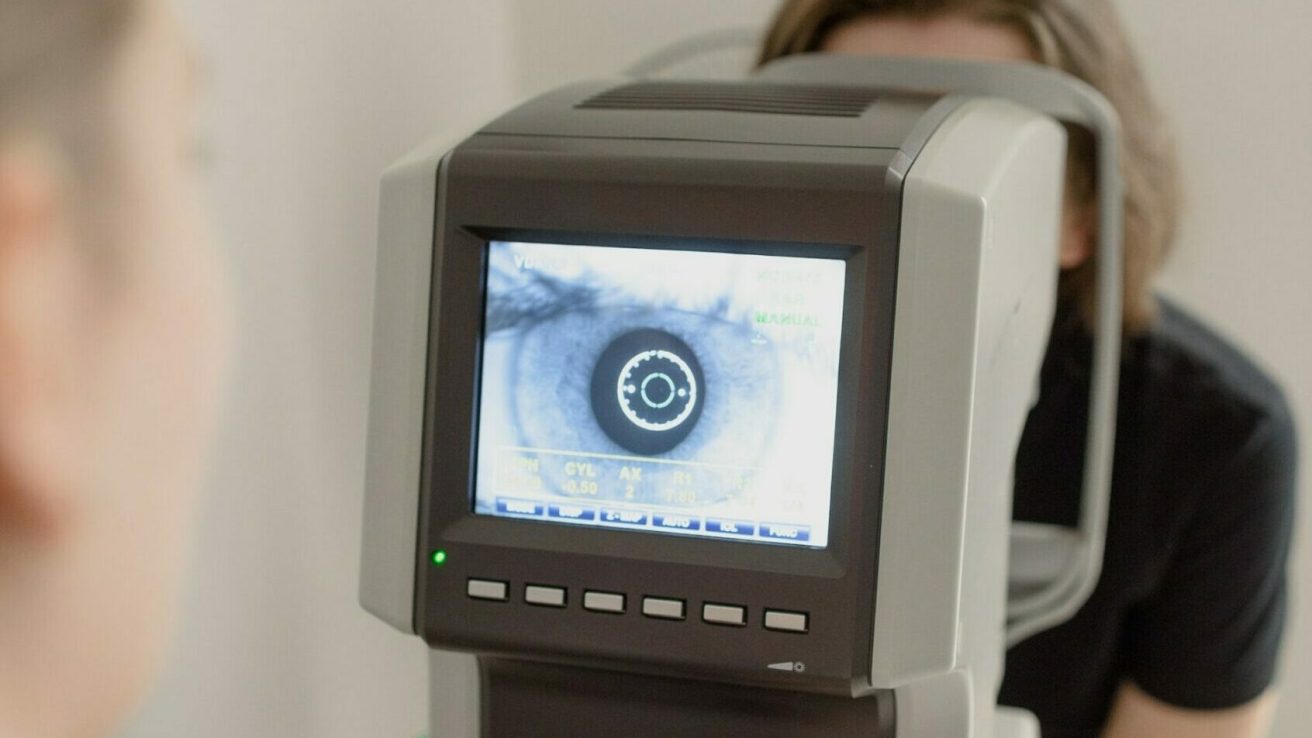Multiple sclerosis and neuromyelitis optica spectrum disorder exhibit significant differences in optical coherence tomography, with the latter being associated with significant thinning of the ganglion cell layer during both acute episodes and episodes at 6 months.
The thickness of different retinal layers can be measured by a non-invasive tool known as optical coherence tomography (OCT). OCT of multiple sclerosis (MS) and neuromyelitis optica spectrum disorder (NMOSD) has demonstrated the thinning of the ganglion cell layer (GCL), inner plexiform layer (GCIP) and retinal nerve fiber layer (RNFL).
The current study compared the OCT profiles and other optical parameters in MS and NMOSD patients versus controls. The study concluded that OCT established significant differences across MS and NMOSD. Contrary to MS, NMOSD is associated with significant thinning of the GCL at both acute episodes and at 6 months. The study findings are published in the journal eNeurologicalSci.
Study Characteristics
The study recruited 20 patients, including 10 NMOSD, 8 MS, and 2 acute demyelinating encephalomyelitis (ADEM) patients. The changes based on OCT were evaluated during acute optic neuritis (ON) episodes and at six months of ON. The study participant pool exhibited female predominance, and the mean MS and NMOSD presentation age was 34.25 ± 8.7 years. The presence of ON in MS, NMOSD, and ADEM patients was 75%, 45%, and 50%, respectively.
Impaired Color Vision and Color Saturation in NMOSD
Color vision (CV) and color saturation (CS) impairments were observed in 33.33% of eyes in the NMOSD cohort compared to no impairment in CV and CS in the MS cohort. Compared to the MS cohort, visual acuity (VA) impairment was observed in 33% of NMOSD patients.
Visual Evoked Potential in MS and NMOSD Patients
Visual evoked potential (VEP) analysis demonstrated the prolongation of P100 latency. The mean value of P100 latency in MS and NMOSD patients was 125 ms and 122 ms, respectively.
Retinal Nerve Fiber Layer Thinning in MS and NMOSD Patients
Analysis of the RNFL in MS and NMOSD patients demonstrated significant thinning in the inferior (IQ) and nasal quadrants (NQ) during acute ON episodes. Compared to the MS cohort, IQ thinning was statistically significant in the NMOSD group. Over 6 months, significant thinning of the RNFL in the superior quadrant (SQ), NQ, and IQ in the NMOSD cohort, and less thinning of the RNFL in the temporal quadrant (TQ) was observed. Compared to IQ, SQ, and NQ in MS patients, the TQ demonstrated a selective reduction in the RNFL thickness at 6 months.
Ganglion Cell Layer Thinning in MS and NMOSD Patients
Compared to the controls, the NMOSD group demonstrated a significant GCL+ (GCIP) and GCL++ (GCL+ and macular RNFL) thinning during acute ON episodes. This was not demonstrated in the MS cohort.
MS and NMOSD exhibit significant differences in OCT and other optical parameters. In contrast to MS, NMOSD is associated with significant thinning of the GCL at both acute episodes and episodes at 6 months. The relative TQ RNFL sparing in the cases of MS and NMOSD ON eyes indicated the potential involvement of the TQ.
Source:
Vegda, M., Panda, S., & Bhatnagar, K. R. (2023). Utility of optical coherence tomography in patients of central immune mediated demyelinating diseases – A prospective study. eNeurologicalSci, 31, 100464. https://doi.org/10.1016/j.ensci.2023.100464










